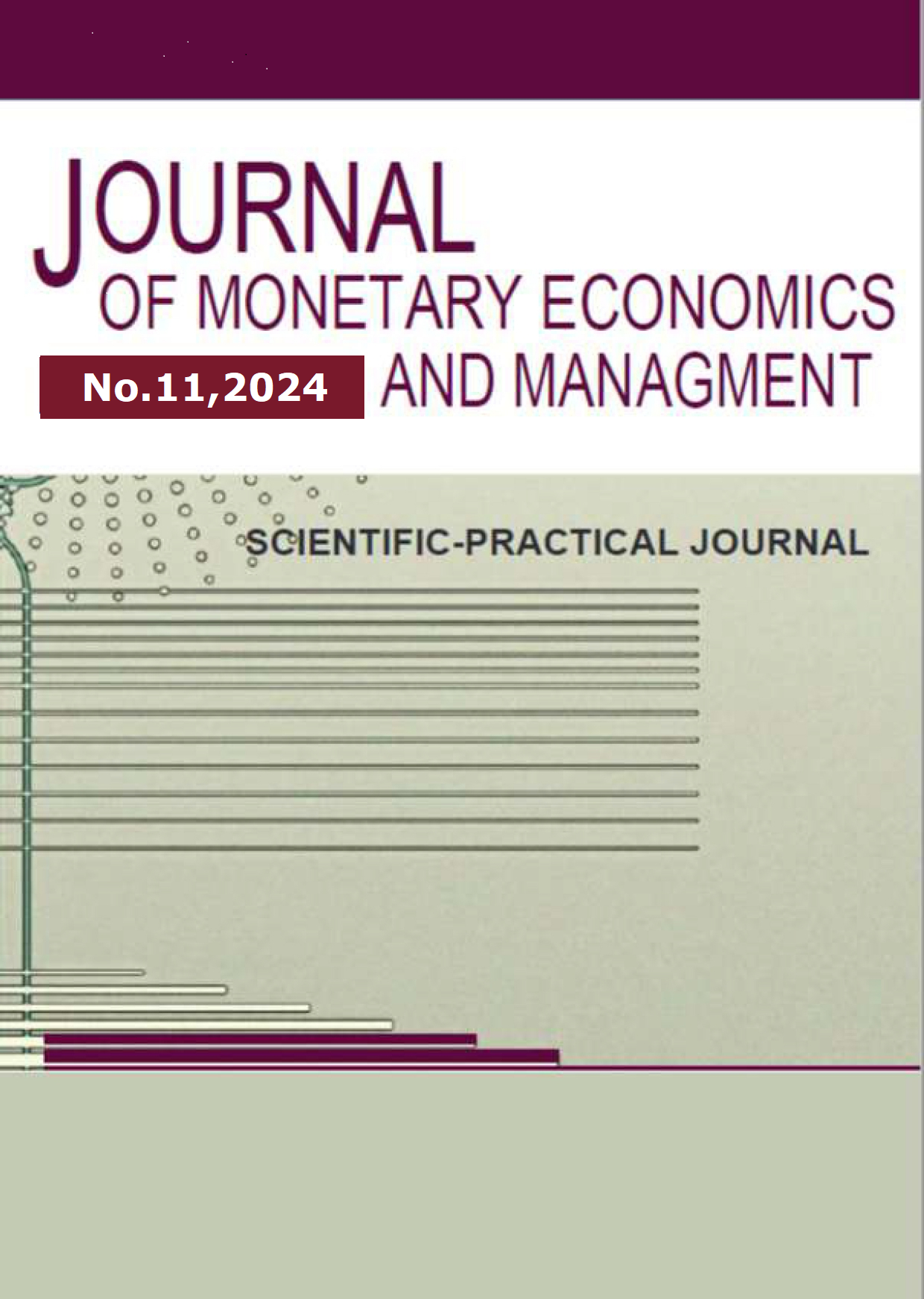graduate student
Mapping the interests of stakeholders is an important tool in project management, allowing you to take into account the needs and expectations of all stakeholders. In today's world, stakeholders represent a wide range of stakeholders, including both internal (employees, managers) and external (customers, suppliers, regulators) participants. The interest mapping methodology includes the stages of identification, analysis, visualization, and stakeholder management. This allows you to identify the key roles of the participants, minimize risks, eliminate conflicts and improve interaction between all parties. The use of mapping in business and the public sector demonstrates its importance for optimizing resources, improving customer service, and successfully implementing projects. Tools such as power-interest or threat-cooperation matrices help to effectively analyze the interests and influence of stakeholders. The advantages of mapping include risk reduction, increased engagement, and conflict prevention, which ensures the successful achievement of project objectives. With the development of technologies and techniques, the mapping of stakeholders' interests will continue to improve, providing new opportunities for effective project management and improving their effectiveness.
stakeholders, interest mapping, project management, stakeholder matrix, business, public administration, conflicts, engagement
1. Cherepko E.D. Steykholdery: ponyatie i klassifikaciya // Nauchnye revolyucii kak klyuchevoy faktor razvitiya nauki i tehniki: Sbornik statey Mezhdunarodnoy nauchno-prakticheskoy konferencii, Irkutsk, 12 noyabrya 2023 goda. – Ufa: Obschestvo s ogranichennoy otvetstvennost'yu "OMEGA SAYNS", 2023.
2. Popkova A. Metodiki kartirovaniya zainteresovannyh storon dlya proektov social'nogo predprinimatel'stva // Obschestvo i ekonomika. – 2023. – № 5. – S. 142-159.
3. Nauryzbayeva E.K., Bezhina V.V., Pchelkina T.R. et al. Stakeholder involvement in the curricula modernisation through A virtual foresight laboratory // Education and Science Journal. – 2022. – Vol. 24, No. 7. – P. 191-214.
4. Lebedeva, N. Yu. Podhody k analizu steyholderov proektov / N. Yu. Lebedeva, E. M. Shironina, D. N. Shiryaev // Prospects and Key Tendencies of Science in Contemporary World: Proceedings of XV International Multidisciplinary Conference, Madrid, Spain, 24 yanvarya 2022 goda. – Madrid, Spain: Obschestvo s ogranichennoy otvetstvennost'yu «Internauka», 2022. – S. 64-68.
5. Serov N.S. Osobennosti upravleniya steykholderami v gosudarstvennyh proektah // Dni nauki studentov Vladimirskogo gosudarstvennogo universiteta imeni Aleksandra Grigor'evicha i Nikolaya Grigor'evicha Stoletovyh: Sbornik materialov nauchno-prakticheskih konferenciy, Vladimir, 12 marta – 2018 goda. – Vladimir: Vladimirskiy gosudarstvennyy universitet im. Aleksandra Grigor'evicha i Nikolaya Grigor'evicha Stoletovyh, 2018. – S. 3157-3162.
6. Gavrilova T.A., Kuznecova A.V., Grinberg E.Ya. Kartirovanie znaniy dlya vuza: analiz podhodov i primer ispol'zovaniya // Otkrytoe obrazovanie. – 2024. – T. 28, № 3. – S. 12-24.









